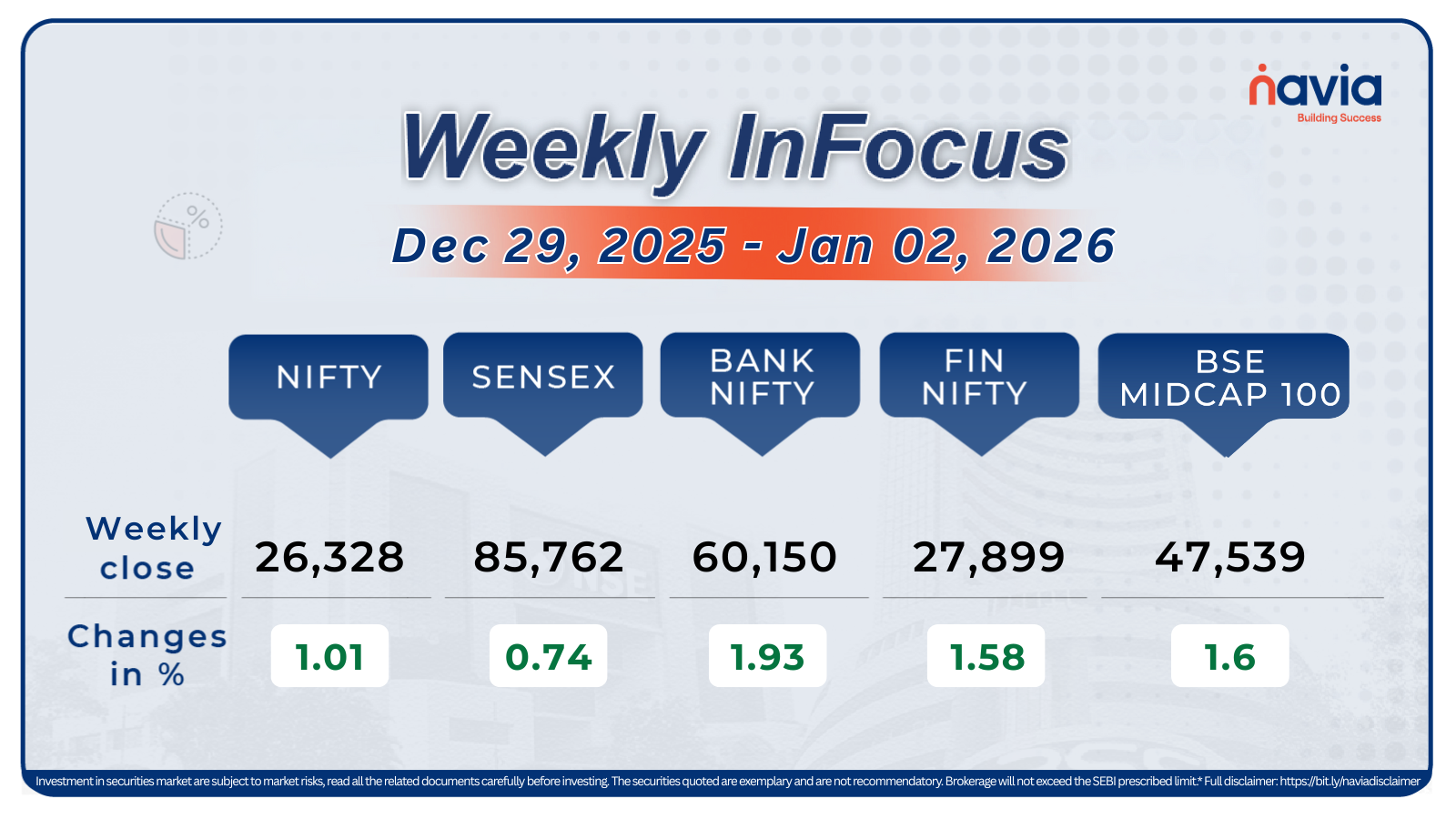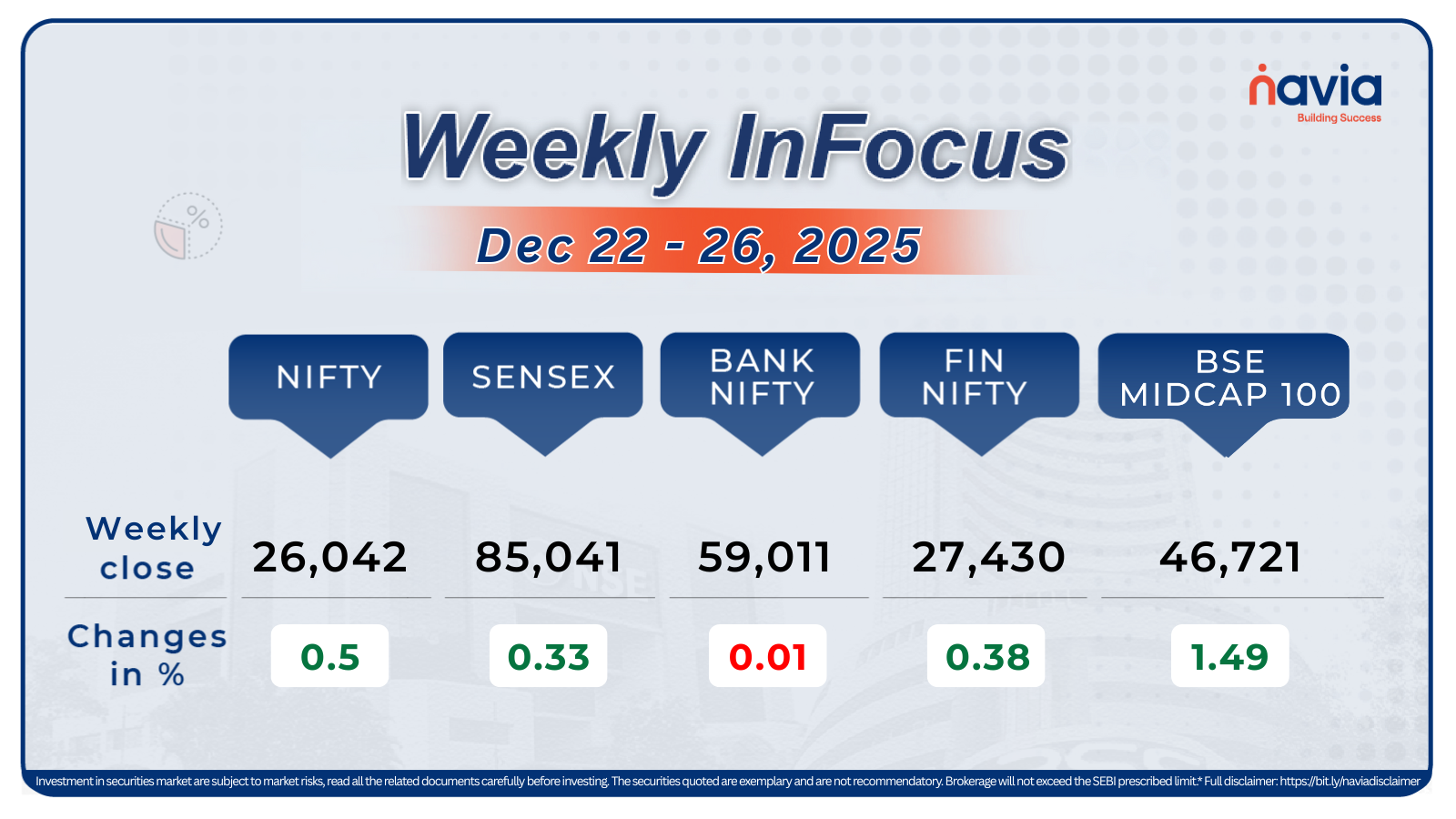How to avoid common mistakes in trade?

Understanding The Stock Market
It is important to recognize that human emotions such as fear and greed play a major role in our decisions – this renders memorizing chart patterns ineffective in achieving success in the long term. To gain any chance of success in the market, one must have a strong understanding of strategies.
For a novice investor, stock markets can be daunting. Trading online for the first time may appear to be akin to gambling, where fortunes can be won or lost. However, it is essential to gain a comprehensive understanding of the financial market before engaging in any form of trading.

Identifying and Mitigating Common Trading Errors
Traders need to remain focused, disciplined, and knowledgeable to maximize their success. Those who neglect these strategies risk making avoidable mistakes. That is why traders need to focus on their trading and not get distracted by other things. With the right approach, stock traders can ensure they are making the right decisions.
Purchasing a stock without any Investment Strategy
Many new traders hope that the stock price will rise the minute they enter a trade; however, experienced traders know that this is rarely the case. Unfortunately, this does not discourage beginners. When the trade does not go their way, these new traders are more likely to be guided by their emotions and attempt to convince themselves of a positive outcome.
Despite being hesitant to accept the losses associated with selling, they maintained their holdings. However, as the price continued to decrease, they were left with a depreciated asset. In other instances, a new trader may purchase a stock, and the price rises. Impulsively, they forgo selling and locking in the profits due to greed. Subsequently, the stock moves in an unfavorable direction, leaving the trader in a challenging position.
Having a plan before executing a trade is paramount in avoiding costly mistakes. Before entering a trade, it is essential to ask yourself these questions What indications are present on the chart that would indicate a long or short position? What are the desired entry and exit points? What is my risk tolerance with this trade? At what point should I assess the trade, to where it can no longer be deemed profitable?
To successfully create a plan for entry and exit points, you must be able to answer those questions. If you are unable to answer the questions, it is advisable to refrain from making the trade.
We’d Love to Hear from you-
DISCLAIMER: Investments in the securities market are subject to market risks, read all the related documents carefully before investing. The securities quoted are exemplary and are not recommendatory. Brokerage will not exceed the SEBI prescribed limit.





